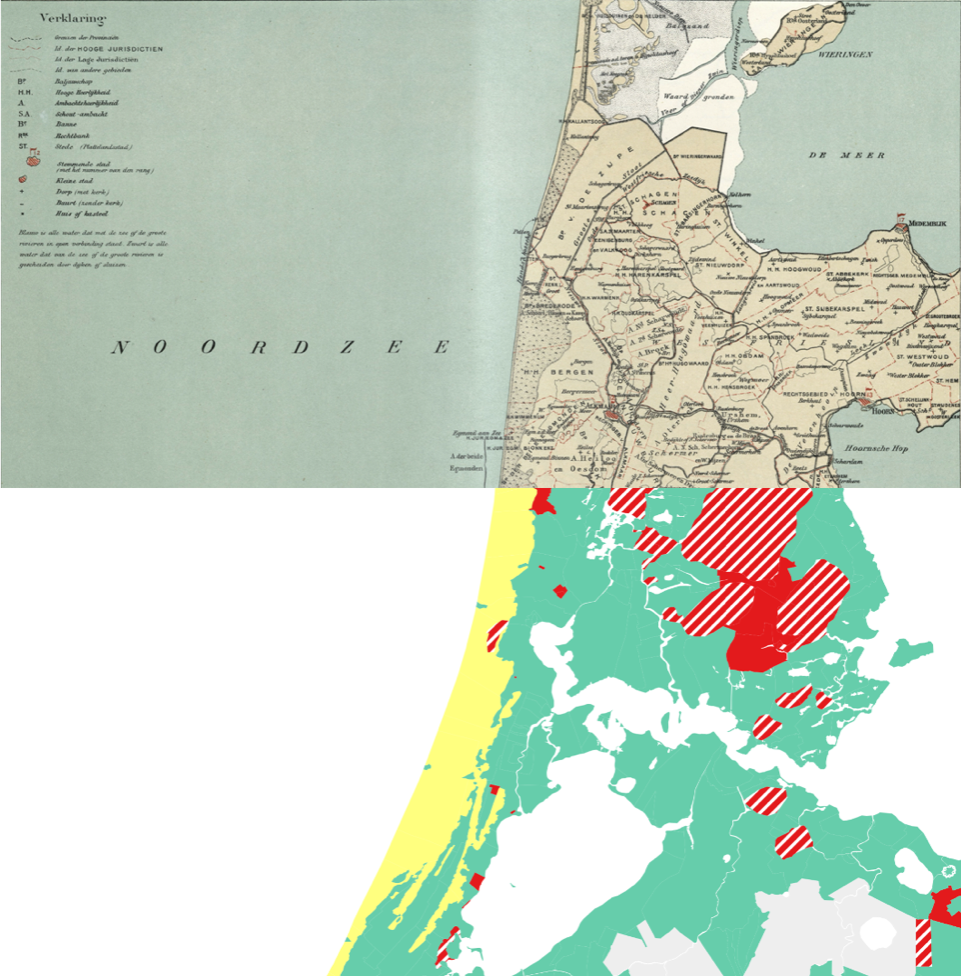(Re)counting the Uncounted. Replication and Contextualisation of Dutch and Belgian Premodern Population Estimates (1350-1800)
Establishing how many people inhabited a particular area is not just an academic exercise. It is the cornerstone of historical, economic, and social scientific research.
Not surprisingly, population size and growth rates are fundamental variables, catalysts moreover, in seminal studies on studies on long-term economic growth and agricultural development and feature prominently in calculations of GDP. Population estimates should therefore be dependable: not in the least for a highly urbanised area of the world, the Low Countries, which facilitated the ‘first modern economy’.
This project replicates four of the most used and most up-to-date population estimates for the Low Countries (the area more or less covered by the Netherlands, Belgium, and Luxembourg) for the period prior to 1800.
These four studies include:
- The Low Countries at the height of the Burgundian power in the 15th century by W.P. Blockmans, G. Pieters, W. Prevenier, and R.W.M. van Schaïk (Blockmans et al. 1980).
- Provincial estimates for Belgium (1375-1831) by P.M.M. Klep (Klep 1991).
- National estimates for the Netherlands (1500-1900) by the “Wageningen school” – J.A. Faber, H.K. Roessingh, B.H. Slicher van Bath, A.M. van der Woude, and H.J. van Xanten (Faber et al. 1965).
- Provincial estimates (and interpolations) for the Netherlands (1400-1850) by R.F.J. Paping (Paping 2014).
The project reverts to the same primary sources, but for the first time is using the unaggregated village-level data collected in these premodern censuses to produce more accurate and precise population figures. A newly developed GIS dataset of premodern local parish-level boundaries in the Low Countries (https://hdl.handle.net/10622/PGFYTM) acts as a visual control mechanism, much in the same way previous scholars have used lists of villages or their own local knowledge to account for missing areas. A new typology of premodern censuses will improve the quality and comparability of population estimates in the Low Countries. The data will be made freely available for other researchers to use. A part of the data is already available in the IISH Data Collection: https://datasets.iisg.amsterdam/dataverse/recountingtheuncounted
- Project lead: Rombert Stapel
- Grant: € 149.884 by NWO (Replication Studies, 3rd round)
- Start: September 2020. The first results will be published the beginning of 2024.
Blockmans, W.P., G. Pieters, W. Prevenier, and R.W.M. van Schaïk. 1980. ‘Tussen Crisis En Welvaart: Sociale Veranderingen 1300-1500’. In Algemene Geschiedenis Der Nederlanden, edited by D.P. Blok, 4:42–86. Haarlem: Fibula-Van Dishoeck.
Faber, J.A., H.K. Roessingh, B.H. Slicher van Bath, A.M. van der Woude, and H.J. van Xanten. 1965. ‘Population Changes and Economic Developments in the Netherlands: A Historical Survey’. In A.A.G. Bijdragen, 12:47–113. Wageningen: Afdeling Agrarische Geschiedenis, Landbouwhogeschool.
Klep, P.M.M. 1991. ‘Population Estimates of Belgium, by Province (1375-1831)’. In Historiens et Populations. Liber Amicorum Étienne Hélin, edited by Société Belge de Démographie, 485–507. Louvain-la-Neuve: Academia.
Paping, R.F.J. 2014. ‘General Dutch Population Development 1400-1850: Cities and Countryside’. In 1st ESHD Conference. Alghero, Italy. http://hdl.handle.net/11370/d057464a-dbb1-4d50-a217-762403c1a3e2.



